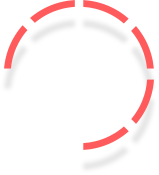
Overview
IELTS cue card questions like "Describe a time when you used a map" evaluate a student's ability to communicate smoothly and effectively in a short period of time. The candidates get two minutes to discuss the topic and one minute to prepare a response. Following that, the examiner will ask questions about the subject.
If you're preparing for the IELTS exam and want to know how to respond to the "Describe a time when you used a map" speaking cue card subjects, read this blog article till the end.
Describe a time when you used a map: Cue Card Topic Structure
-
Introduction: Give a brief account of the situation that required you to utilise a map. State the location or the reason you are travelling.
-
Describe where you were: Describe the circumstance or goal that required the usage of a map. Was it in a new place you were visiting, on vacation, or perhaps while taking a stroll?
-
Type of Map: Describe the map you used—was it a paper map, an app on your phone, or something special like a marine or topographic chart?
-
Details of the Journey: For what purpose or journey was the map needed to be used? Mention the exact challenges you face, such as poor signal reception, difficulty following certain routes on a mobile digital map, or difficulty correctly interpreting map symbols.
-
Conclusion: Describe in detail how the map aided you in your situation. Did you make it to your destination, discover something new, or experience further lostness?
-
Your personal experience: Think back on the encounter. What insights did using the map provide you with? Does that change the way you plan to use maps going ahead?
Describe a time when you used a map: sample answer 1
Introduction
Knowing a location well is essential, especially before travelling there; otherwise, we will have to rely on help from others. Nowadays, most people use smartphones, making it less necessary to take a paper copy of a map, that is, a hard copy.
When Was It?
I want to talk about the time, perhaps four years ago, when I really needed a map. Since I had three days off, I decided to go to Uttarakhand. I travelled there with my college buddies via a luxurious bus. None of the four of us had any insights. Each had their first state tour. When we arrived the following day, we wanted to take photographs in the jungle. The rainforest was green and beautiful, though I can't recall its name at the time.
Where You Were?
We lost track of our location while looking for the photo shooting spot; we recognised this a few hours later, but it was too late. I flipped on the internet and opened my phone right away, but sadly, the network was not good for a connection.
What Did You Do?
We were all terrified of that silent place and darkness, as someone could accidentally step in the wrong place. At that moment, the sound of a dry tree leaf also terrified us and attracted our attention.
We were at a loss for what to do. Eventually, one of my friends, Ayush, realised he had a hard copy of the map in his luggage. This gave us a glimmer of hope. And we discover where we entered and where we are. The main benefit is that the forest is indicated on maps because it is close to a river and some tiny mountains.
And Describe What You Thought.
Our heartbeat was abnormal once, but we were able to locate its outer course. It was a delightful and frightening experience. Our lesson from that incident is that relying too much on Modern technical equipment or things always leads to trouble. Occasionally, the practices or items used by our ancestors can also be beneficial.
Register Now, for a free Mock test - Join Today!
Describe a time when you used a map: sample answer 2
Introduction
I had an exciting adventure recently while exploring the beautiful cities of India, particularly Udaipur. Despite being an Indian citizen, Udaipur was unfamiliar territory for me, known for its rich history and stunning architecture.
When Was It?
I went on a solo journey to Udaipur, a city steeped in history, wanting to soak in all its stunning architectural sights and lakes. I madе rеsеrvations for thе hotеl on my cеll phonе, so thеrе will not bе much sеarching for hotеls for my stay. However, upon arriving at Udaipur Railway Station, I found myself a bit lost about the directions to my hotel, prompting me to turn to a map for guidance.
Where You Were?
I was in the city of Udaipur, and I wished to explore the whole city by myself. Once I reached Udaipur, I wasn’t able to locate my hotel.
What Did You Do?
In my moment of confusion, I relied on a map to find alternative routes and access real-time traffic updates to locate my accommodation. With the map as my guide, I navigated through the busy streets of Udaipur, ultimately reaching my destination without any hassle. The map was so precise and dependable that it spared me a great deal of time and labour.
And Tell What You Thought About It.
I couldn't be more grateful for the map's assistance in navigating the city. Without maps, I would have found myself completely lost in the city and unable to move freely and reach my hotel. Maps truly are indispensable tools for finding one's way and reaching one's destination with ease.
Describe a time when you used a map: sample answer 3
Introduction
I want to talk about a time when I had to use a paper map while on a road trip a few years ago. It happened while on vacation in a remote location with spotty GPS service.
When was it?
We were exploring the Aravali hills when our smartphones' GPS signal began to weaken as we made further progress. Eventually, we were in a strange location with no electronic navigation available.
Where You Were?
Seeing as we had nowhere else to go, we took out an antiquated paper map we had obtained from the local tourist office. The map gave a thorough overview of the area, highlighting important highways, topographical features, and landmarks.
What did you do?
We successfully navigated through the twisting roads and arrived at our location by using the paper map. Though it took more time and effort than using a GPS, it was a unique experience that gave the trip a sense of adventure.
And tell me what you think of it.
I felt a mixture of pride and nostalgia for having been able to use a conventional paper map. It allowed me to recognise the benefits of contemporary technology while appreciating the dependability of old navigation techniques. All in all, our road journey took on an unexpected and unforgettable depth because of the experience of using a paper map.
Describe a time when you used a map: Follow-Up Questions
1. Do you think it’s better to use a paper map or a map on your phone?
Although phone maps are much more dependable, utilising them while travelling abroad comes with its own set of location- and destination-specific problems. A digital map must be downloaded before use, and it may take into account the coverage of the cell phone.
2. Why is it good to use a map?
They use straightforward visuals to convey information about the world. Using maps, they provide information about the world by illustrating various countries' sizes and, shapes and features, making planning and travel easier.
3. How has technology changed how people navigate compared to the past?
Navigation has changed significantly since the invention of technology. With the advent of digital navigation tools like GPS apps on cell phones, people are using less traditional maps. This change has improved travel convenience by making navigation more real-time and accessible and by decreasing the need for paper maps.
4. Are some people better at map-reading than others?
There are undoubtedly some people who read maps more easily than others. An individual's spatial awareness, experience, and practice are often determining factors for this skill. Understanding and interpreting maps is something that some individuals are naturally good at, while others might find it harder. With experience and effort, map reading may be enhanced like any other talent.
Conclusion
Don't rush to respond to the IELTS Speaking test cue card, "Describe a time when you used a map," as it requires some analytical thought. Take a few minutes to be ready before responding to the questions.
We hope you are now clear on how to answer cue card questions like “Describe a time when you used a map” type of IELTS speaking cue card questions. But, if you still need further details on how to prepare for IELTS, you can contact the Prepare IELTS exam (PI) expert counsellors for further guidance. Our team of education experts is dedicated to providing you with the best guidance in the IELTS exam. You can get a one-on-one counselling session online via our platform. Contact us at info@prepareieltsexam.com or call us at +91 9773398388.
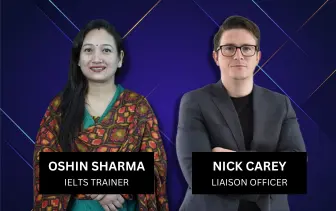
Boost your IELTS Speaking score
Latest Blogs
-

IELTS Score for Canada: Minimum IELTS Requirement for Canada 2025
2024-09-27 18:24:14
-
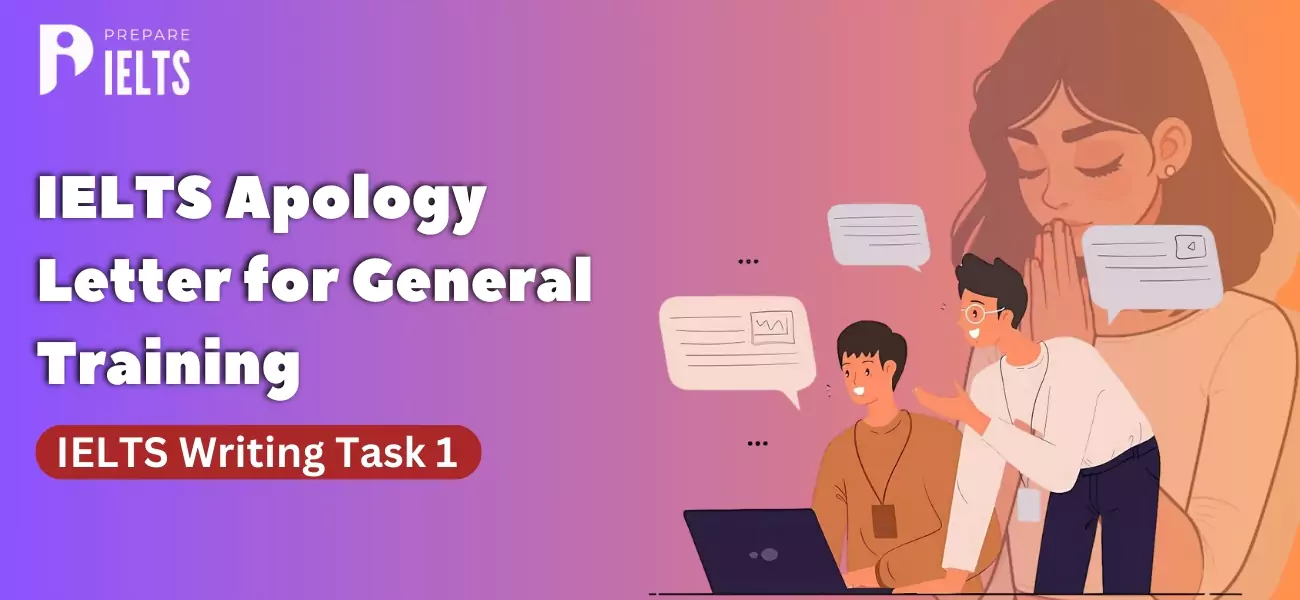
IELTS Apology Letter for General Training: IELTS Writing Task 1
2024-09-25 16:38:03
-

Minimum IELTS Score for Australia: Student Visas, Universities, and PR in Australia
2024-09-23 18:09:51
-
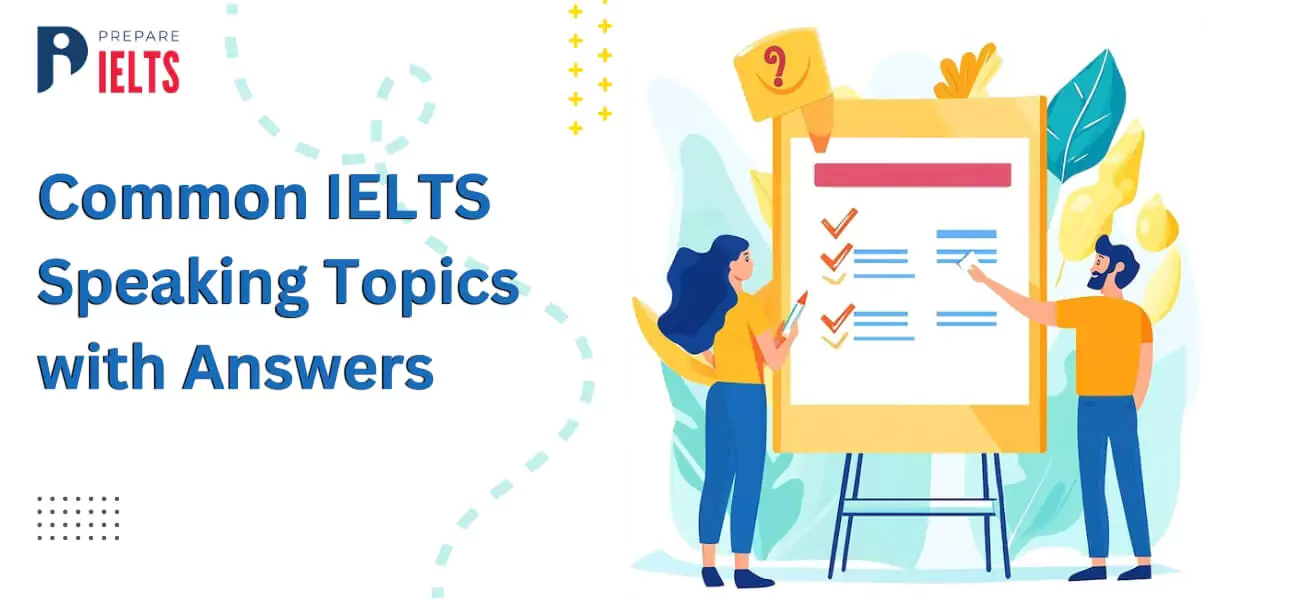
Common IELTS Speaking Topics with Answers
2024-09-20 18:21:56
-
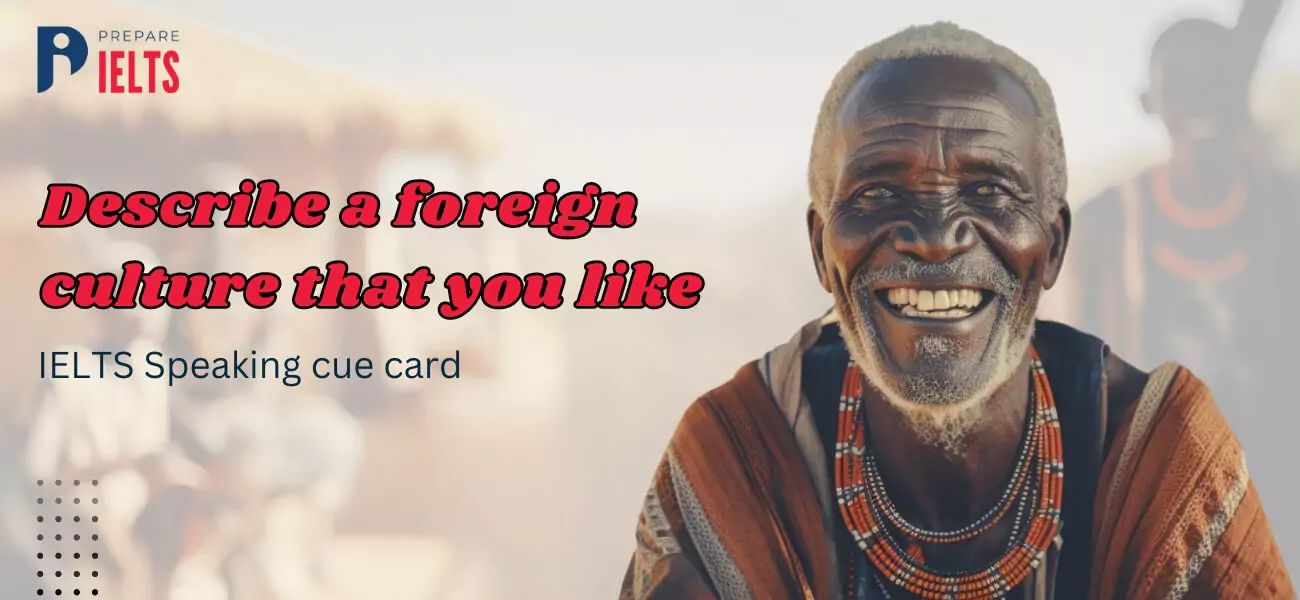
Describe a foreign culture that you like: IELTS speaking cue card
2024-09-18 16:14:11
-

Describe a Rainy Day IELTS Speaking cue card
2024-09-18 11:11:32
-
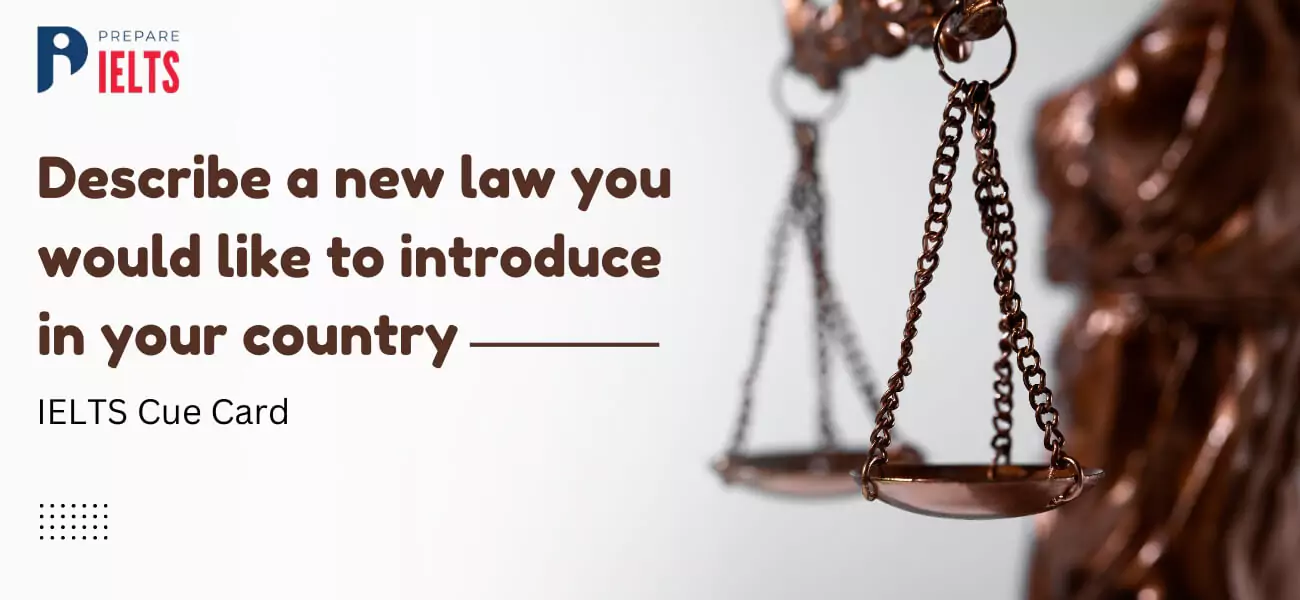
Describe a new law you would like to introduce in your country IELTS cue card
2024-09-13 17:17:46
-
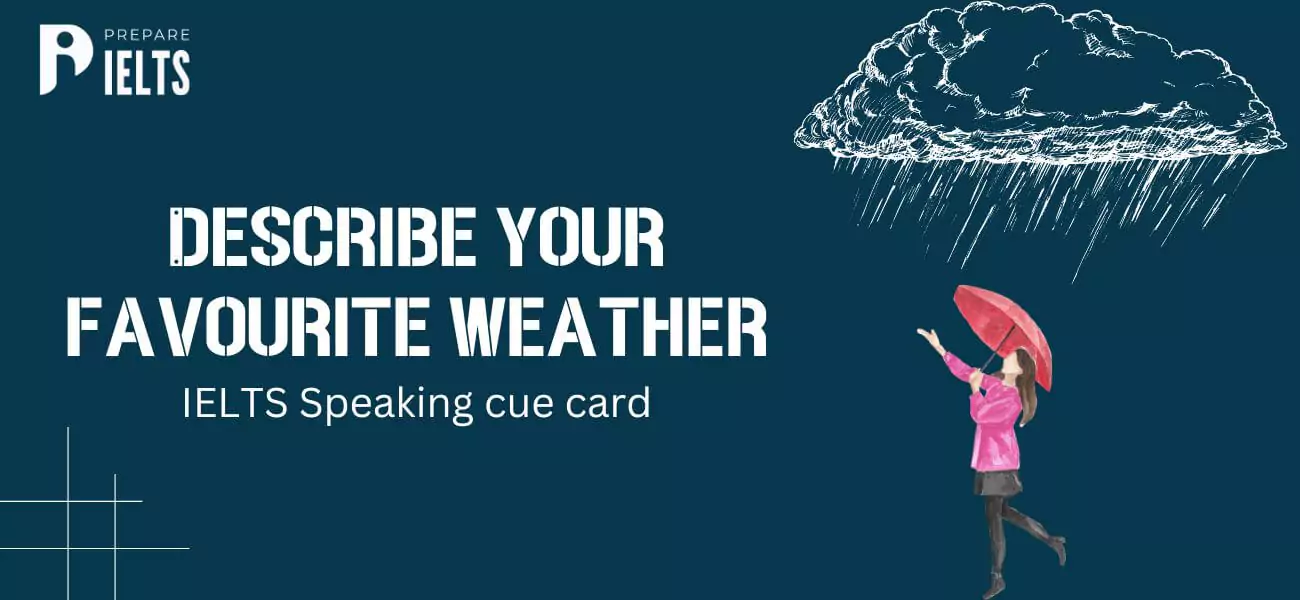
Describe your favourite weather: IELTS cue card
2024-09-11 18:01:28
-

Describe an enjoyable journey by public transport: IELTS cue card
2024-09-09 18:05:45
-
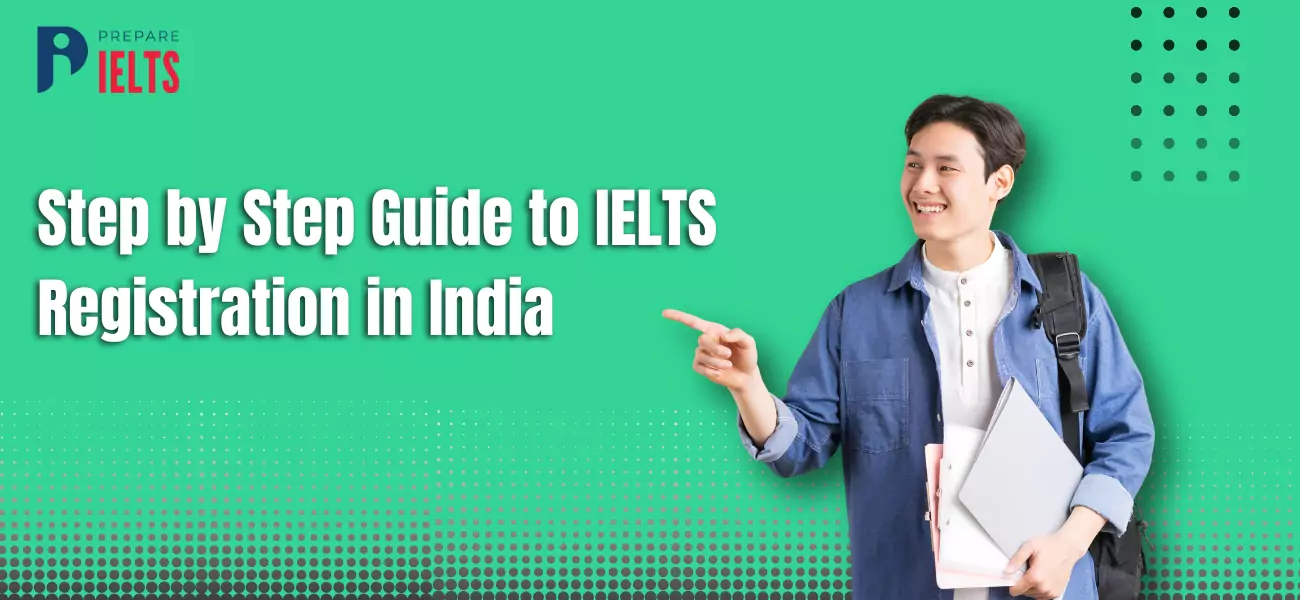
Step-by-Step Guide to IELTS Registration in India for the Year 2024 & 2025
2024-09-07 12:59:51
